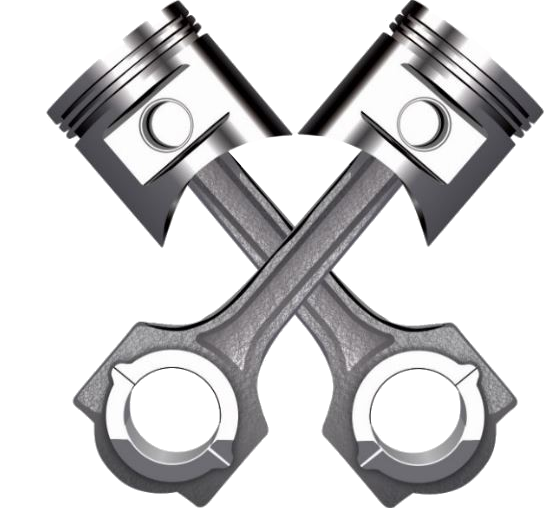How to Avoid Unnecessary Overhauls: The Truth About “On Condition”
If you’re a private aircraft owner, you’ve likely faced this dilemma: your engine is nearing its TBO (Time Between Overhaul), and you're wondering—is an overhaul really necessary right now?
In Canada, TBO isn’t a hard rule for private operators. It’s a manufacturer recommendation, and Transport Canada treats it the same way. That opens the door to a more flexible—and often more cost-effective—approach: running your engine on condition.
But how do you know if your engine is a good candidate for on condition? Let’s walk through the key considerations that can help you make a smart, safe decision.
1. Start with Honest Operational Assessment
First and foremost—how does your engine actually run?
Ask yourself:
Can I follow the POH (Pilot Operating Handbook) checklists without “workarounds”?
Does the engine start reliably and perform well in all phases of flight?
Am I confident flying longer distances or into more challenging weather?
Do I hesitate to take passengers because of how the engine performs?
If you’re making adjustments or avoiding certain types of flying due to engine quirks, those are red flags. Trust your gut—if something feels off, it probably is.
2. Check Airworthiness Limitations
The most critical question: does your engine meet all of its operational airworthiness limitations?
These pass/fail criteria are laid out by the manufacturer in your POH or engine operating manual. You’ll want to check:
Does it make full rated power during static checks?
Is oil consumption within limits?
Does it idle smoothly and pass acceleration checks?
Are the magneto RPM drops within spec?
And don’t overlook what those mag drops could mean—issues here might go deeper than just a magneto. If you’re consistently passing all of these checks, congratulations—you may have a solid on condition candidate.
3. Dig Deeper During Maintenance
Beyond how the engine runs, maintenance events can reveal a lot about its internal health.
Whether you're doing the work yourself or working with an AME (Aircraft Maintenance Engineer), here’s what to focus on:
Check for metal contamination in the oil filter and screen
Perform regular differential compression tests
Monitor for oil leaks and check general engine condition
One powerful tool we highly recommend: oil analysis. By tracking the spectrum of metals in your oil, you can often catch early signs of wear long before they show up in your filter or screen. This insight can help your AME or overhaul shop pinpoint potential problems—sometimes before they become costly.
4. Preventative Maintenance Is Your Best Friend
Engines rarely fail without warning—if you know what to look for. That’s why preventative maintenance is the cornerstone of a successful on condition program.
A healthy engine can operate safely beyond its recommended TBO, but only if it’s maintained with care and diligence.
And don’t forget your accessories! If you're going on condition, this is the perfect time to overhaul or service key components. Start with:
Fuel system (carburetor, servo)
Ignition system (magnetos, harness, plugs)
Unhappy accessories = an unhappy engine. Electrical and starting systems are also worth checking, especially for low-utilization operators where calendar time matters just as much—if not more—than engine hours.
(Stay tuned for our upcoming post on preventative accessory maintenance!)
5. Own Your Role as the Owner
Under Canadian Aviation Regulations (CARs), the legal responsibility for maintenance lies with you, the aircraft owner. Even if you're not spinning wrenches yourself, it's essential to stay informed and involved.
Talk to reputable AMEs and overhaul shops. Ask questions. Monitor your engine. You don’t need to be an expert—but you do need to be engaged.
At the end of the day, taking ownership of your aircraft’s health helps ensure your engine stays airworthy—and your wallet stays a little fuller.
Final Thoughts
Going on condition isn’t about cutting corners—it’s about making smart, informed decisions based on real-world performance. With the right mindset and maintenance approach, your engine can continue flying strong beyond TBO. If you're facing similar challenges, or have questions about on condition information don’t hesitate to contact us. Reach out today to explore your options! info@abaeroengine.ca


